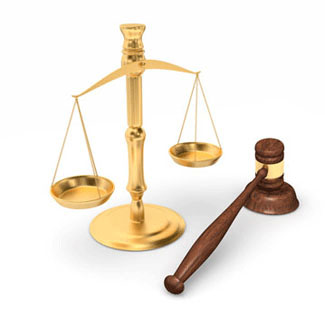
Johnson & Johnson Continues To Stand By Talc Safety And Purity Despite Lawsuits
The company affirms on its website that its talc-based baby powders are safe, pure, and asbestos-free
Thursday, January 18, 2024 - In the face of thousands of talcum powder cancer lawsuits Johnson & Johnson (J&J) maintains a steadfast stance on the safety, purity, and asbestos-free nature of its iconic Johnson's Baby Powder. The company asserts that its talc-based powder undergoes rigorous testing and quality control measures to ensure that it meets the highest safety standards before reaching consumers. J&J emphasizes its commitment to transparency and consumer well-being, aiming to assuage concerns related to asbestos contamination. The company contends that extensive testing is conducted on both the raw talc and the finished powders to detect and eliminate any trace of asbestos. These testing protocols, according to J&J, involve advanced analytical techniques and state-of-the-art technologies to achieve a thorough and precise assessment of the product's composition. J&J asserts that its commitment to consumer safety is paramount, and it adheres to stringent procedures to guarantee the purity of Johnson's Baby Powder. The company's stance on talc safety parallels that of the American Cancer Society which writes, " Talc use has not been strongly linked to other cancers, although not all possible links with other cancers have been studied extensively. One study suggested genital talcum powder use may slightly increase the risk of endometrial (uterine) cancer in women who are past menopause."
Furthermore, the company highlights its engagement with independent laboratories and scientific experts to validate the safety of its talc-based products. These collaborations, they assert, contribute to an additional layer of scrutiny and objectivity in assessing the purity of their powders. J&J's communication strategy underscores their confidence in the safety of Johnson's Baby Powder and their ongoing efforts to address any concerns raised by consumers or regulatory bodies. The landscape surrounding Johnson & Johnson (J&J) has been marked by a legal quagmire involving over 50,000 women who have taken the pharmaceutical giant to court. Their collective claim asserts that the habitual use of J&J's talc-based baby powders led to the development of talcum powder ovarian cancer. While J&J has emerged victorious in some cases and opted for settlements in others, the company has also faced substantial setbacks in the form of colossal jury awards. One of the pivotal moments in this legal saga occurred in May 2018 when a jury in St. Louis delivered a landmark decision, awarding nearly $4.7 billion in damages to 22 women. This verdict, however, faced subsequent legal scrutiny, with appellate courts upholding the decision while simultaneously reducing the total damages to approximately $2 billion. Despite the magnitude of the case, the U.S. Supreme Court opted not to hear J&J's appeal, leaving the pharmaceutical giant to grapple with the ramifications of this legal blow.
Recent revelations from internal Johnson & Johnson (J&J) documents, as reported and posted by Reuters, shed light on a disturbing narrative spanning from at least 1971 to the early 2000s. The documents indicate that the company's raw talc and finished powders intermittently tested positive for trace amounts of asbestos during this period. Equally troubling is the revelation that a cadre of company executives, mine managers, scientists, doctors, and lawyers were cognizant of this issue. Despite their awareness, they allegedly deliberated extensively on how to address the asbestos presence while choosing not to disclose this critical information to regulators or the public.
 OnderLaw, LLC -
OnderLaw, LLC -